Hargis: Queer Pride is a Demonstration of Joyful Activism
Two parade-goers kissing in front of the Official Street Preachers at the 2023 Utah Pride Parade in downtown Salt Lake City on June 4, 2023. (Photo by Xiangyao “Axe” Tang | The Daily Utah Chronicle)
June 16, 2023
In May 2019, I listened to an episode of the podcast, Truth Be Told. The episode was called “Joy” and podcast host, Tonya Mosley, argued that even in the face of hardship, marginalized communities need joy. “To feel joy even when the world is burning,” as Mosley put it, can be the best medicine for the oppressed, especially for women of color.
As a sixteen-year-old white kid from the suburbs, her argument confused me at the time. I couldn’t understand how joy and celebration could be considered a rebellious act — a necessary act, at that. Now, four years later, I find that the argument couldn’t be truer.
As a part of the LGBTQ+ community, I now see that joy isn’t always considered a given.
The community has been through its fair share of struggle and continues to be threatened by American politics. Yet we still prioritize our expression. Pride month is a prime example of finding joy while the world burns. When we look at Pride as a celebration and cultivation of joy, we can also view it as an act of resistance. Joy is one of our greatest tools for activism.
Coming Together
Pride is, at its core, a sentiment that brings people together. This act of gathering in the name of joy is significant. “The sharing of joy, whether physical, emotional, psychic, or intellectual, forms a bridge between the sharers which can be the basis for understanding much of what is not shared between them, and lessens the threat of their difference,” wrote activist and writer Audre Lorde, in her essay, The Uses of the Erotic. We cement our sense of community with Pride, as well as create an environment of safety and celebration for each other.
I also find that Queer Pride is less about being prideful, and more about finding pride in our flourishing and joy in our collective future, despite marginalization. It’s about acknowledging hardship and moving forward with a focus on pleasure and compassion.
The first Pride parade was the anniversary of the Stonewall riots — an event that brought people together in the name of violent retribution. Now, Pride functions as an event that brings us together in the celebration of queer expression. We gather in the name of liberation and joy, instead of violence.
The joy of Pride is an inherent protest in itself. As American politics still displays its resentment toward us, we remain eager to celebrate ourselves. Author and designer Ingrid Fetell Lee argues that joy and celebration are not only important but are crucial during times of hardship or oppression. Celebrations offer us a chance to remember our humanity. “The pursuit of joy amid great struggle is a way to tend our humanity when it is most threatened,” she wrote.
Celebrating Despite
If these past two years have taught the queer community anything, it’s that the fight for liberation is far from over. Queerness is once again being painted as a danger to or predation upon children by the far right — last year was a record year for anti-gay and anti-trans legislation. Queerness is something that is feared and hated by the conservative right.
Celebrating despite this fear and trepidation toward queer joy is not only our right, but it’s also our responsibility. It’s imperative to come together and remember our roots in free expression to keep those roots alive. To quote Lorde again, “The aim of each thing which we do is to make our lives and the lives of our children richer and more possible. Within the celebration of the erotic in all our endeavors, my work becomes a conscious decision—a longed-for bed which I enter gratefully and from which I rise up empowered.”
The queer community should not be reduced to ambiguity, as per the goal of the conservative right. To fight against ambiguity, we have to gather. They may not be gatherings focused on protesting, but gathering in the name of joy is just as powerful when politicians are fighting to make us invisible.
The Need for Joy
If there’s anything we can learn from the celebration of Pride, it’s that we’re here. We are not alone, and we are not invisible. And what’s more: your joy is precious. Feel it whenever you can, in its entirety.
It’s our right and responsibility to feel joy for the ones who couldn’t, for the ones who fought for our rights to expression. We owe it to them to celebrate, and we owe it to the future generations. While joy can be a reminder of a painful past, it can also be a precursor to an optimistic future.


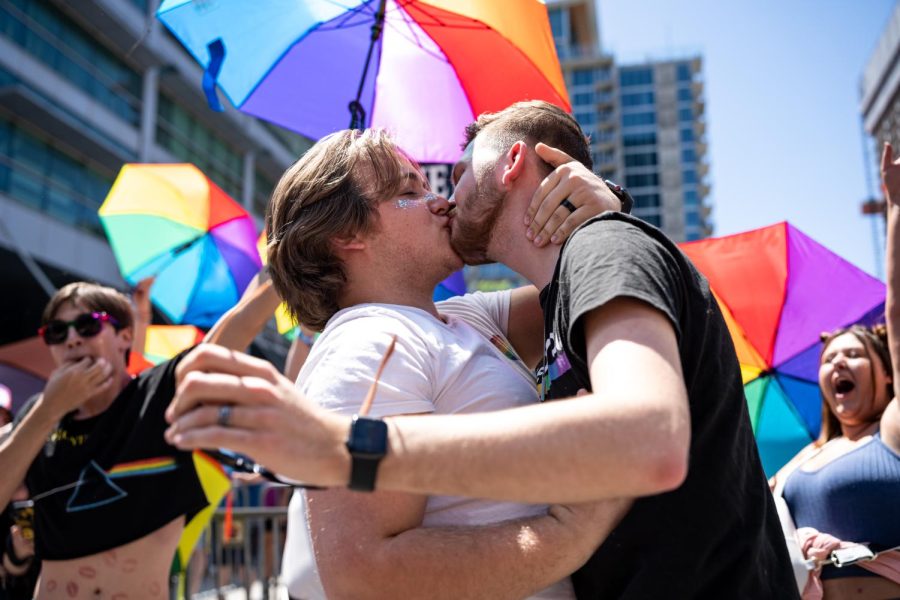
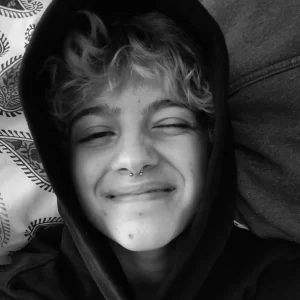

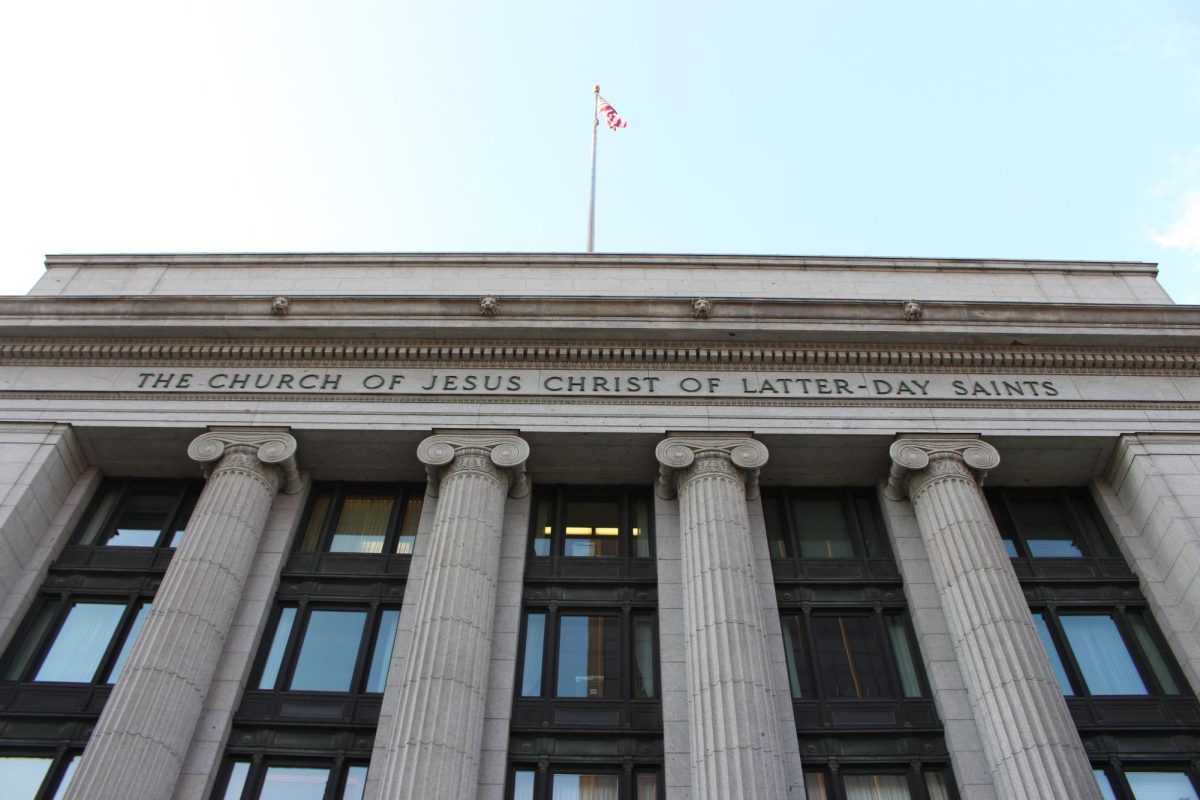
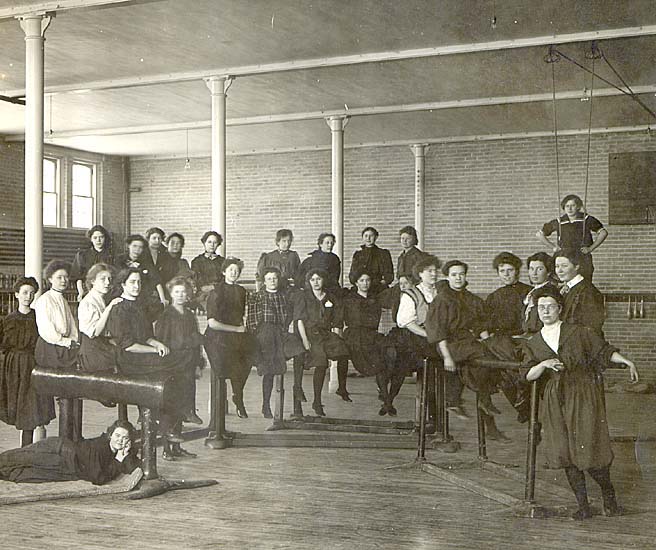
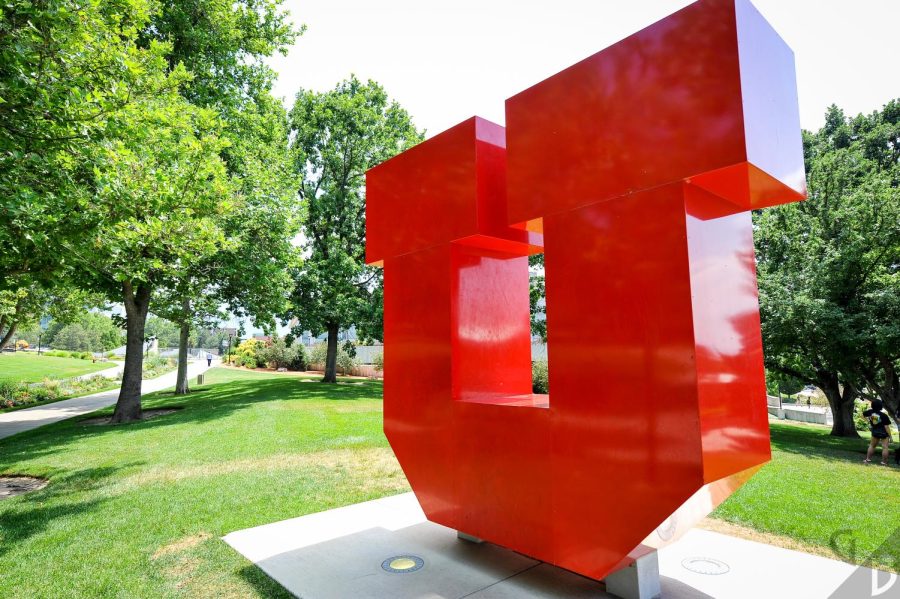

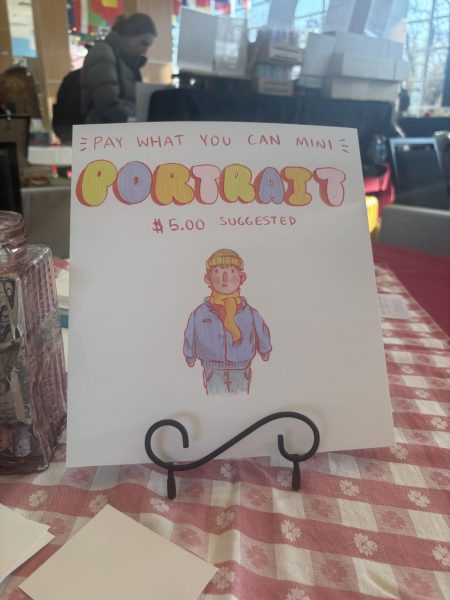
Kyle Anderson • Jun 28, 2023 at 7:26 pm
What a beautiful piece. Thank you.